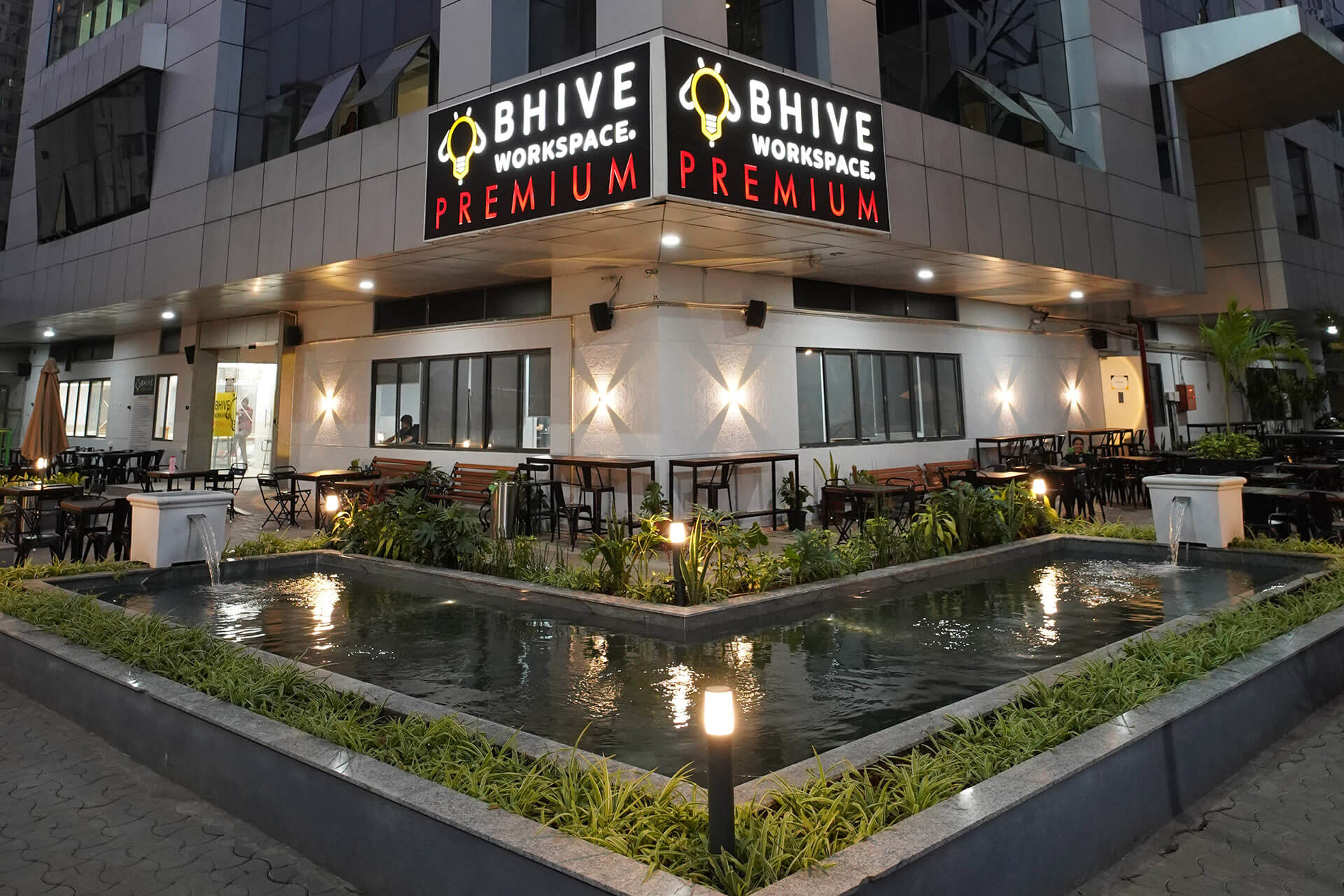Focusing on the environmental issues Architect Dikshu Kukreja spoke about his projects and how various design features such as the strategic placing of trees and water bodies, use of Jaalis and kinetic façade had been instrumental in bringing natural light and ventilation to the building interiors and they also reduced the air conditioning and artificial lighting loads for the building.
He started his presentation with the advice that it's time to fix the misgivings about climate change. “Air pollution, forest fires, pandemic, floods, river pollution and urban densities are all indicators of the climate change as we see around us. We have already damaged our planet to the point that we need to take a very serious and careful look at what needs to be done," he said.
Architect Kukreja believes the solution lies not only with the governments and policymakers but with each one of us in bringing about a change - in our mind-sets, behaviors and lifestyles. “As architects we have a big responsibility. Simple design interventions can influence more sustainable design outcomes. For example, Thames River rejuvenation in London. After 60 years of being declared dead, the Thames came back as one of the cleanest rivers in the world. Likewise, the historic, elevated rail line in New York City which has been transformed into a public park and walkway.”
ETHICS & AESTHETICS
“When it comes to our design approach to projects, our intent is not only aesthetically pleasing buildings, but creating spaces that are part of the surroundings and contribute to the enhancement of natural environment,” said architect Kukreja. He gave an example of his project Gautam Buddha University in Greater Noida built on 511 acres of arid land. “The most iconic position of Gautam Buddha is his meditative posture. This has been used as the design inspiration for the university with the various buildings superimposed on this image. The head marks the placement of library, the body is the faculty buildings and the administration building is at the
feet. In the middle are the shared resources like parks, playfields and a lake which also functions as a water reservoir for the university. Also a 50 acres of urban forest was created at the entrance of the campus that acts as a passageway from the noisy expressway to the calm campus, also bringing greenery to the once arid plot of land.”
He showed another example of India’s first transit-oriented development project designed by his firm on 80 acre land in Karkardooma in the heart of East Delhi. “Built on a metro line, it is designed with abundant greenery and public amenities. Buildings are built in the circle of influence and from there emanate smaller nodes creating different zones and clusters around courtyards. The commercial activity on the lower floors with residential above is the traditional city development of India portrayed here.”
The India pavilion design at Expo Dubai 2020 resonates with the theme of the expo which was - sustainability, mobility and opportunity. “India pavilion had an awkward trapezium shape plot and only a part of the building was to be a permanent structure that would stay even after the expo. As we did not know the function of the building at a later stage we decided to keep the building façade fluid and adaptive to any purpose required. Weaving technology and craftsmanship together we created a moving façade made up of 600 individual stone blocks that shape shifts as per the sunlight. In the evening, sound, light and projections can be broadcasted across it," architect Kukreja explained.
Joining the conversation, Vivek Yadav, Senior Vice President, Havells India Limited expressed, “Individuals, communities, and policy makers need to wake up and realize what they can do to preserve the environment. A contextual design will stand the test of time and technology that changes from time to time, can aid the building in keeping sync with the changing needs of the occupants. The integration of the two is very important.”
“CLIMATE CHANGE IS A REALITY AND WE AS DESIGNERS HAVE A RESPONSIBILITY TOWARDS CREATING BUILT SPACES THAT ARE IN SYNC WITH NATURAL ELEMENTS AND SURROUNDINGS. DESIGN WITH NATURE NOT AT THE COST OF NATURE”
“ARCHITECTURE IS AN AMALGAMATION OF CREATIVITY AND ENGINEERING. ADOPTING TECHNOLOGY DOESN'T MEAN THAT WE NEED TO BECOME IRRESPONSIBLE. IN FACT HARNESSING TECHNOLOGY IN A RIGHT WAY CAN ENHANCE THE DISCIPLINE OF ARCHITECTURE.”



















